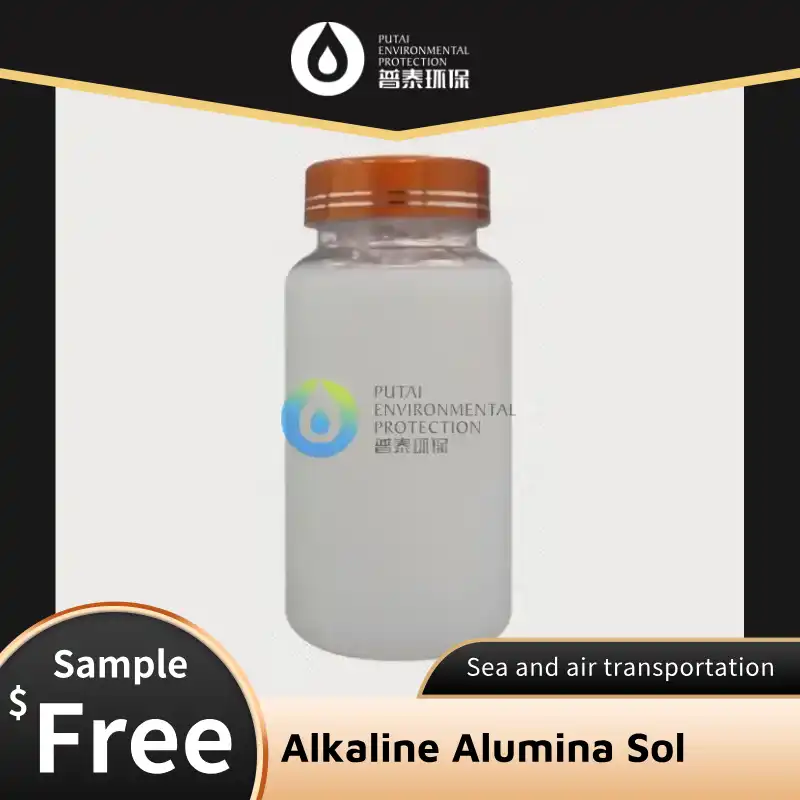The Evolution of Ceramic Coating Technology
Ceramic coatings have come a long way since their inception. Traditional ceramic materials have been used for millennia, from ancient pottery to modern kitchenware. However, the advent of advanced manufacturing techniques and novel materials has propelled ceramic technology into new frontiers.
The journey of ceramic coatings began with simple clay-based formulations, which were primarily used for decorative purposes. As scientific understanding grew, ceramics found their way into more functional applications, such as thermal insulation and corrosion resistance. The discovery of high-performance ceramics in the mid-20th century marked a significant milestone, introducing materials with superior mechanical and thermal properties.
One of the key challenges in ceramic coating technology has been achieving a balance between hardness and flexibility. Traditional ceramics, while extremely hard and durable, often suffer from brittleness, limiting their use in certain applications. This is where the introduction of sol-gel processing techniques has made a substantial impact.
Sol-gel technology, which involves the transformation of a liquid 'sol' into a solid 'gel,' has revolutionized the way ceramic coatings are produced. This method allows for precise control over the composition and structure of the ceramic material at the molecular level, resulting in coatings with enhanced properties and performance.
The emergence of nanotechnology has further accelerated the progress in ceramic coating technology. By manipulating materials at the nanoscale, including alkaline alumina sol, scientists and engineers have been able to create ceramic coatings with unprecedented combinations of properties, such as extreme hardness coupled with remarkable flexibility.
Alkaline Alumina Sol: Enhancing Ceramic Properties
Among the various innovations in ceramic coating technology, alkaline alumina sol stands out as a particularly promising development. This unique material has the potential to address many of the limitations associated with traditional ceramic coatings while introducing new capabilities.
Alkaline alumina sol is a colloidal suspension of aluminum oxide particles in an alkaline medium. The alkaline environment plays a crucial role in stabilizing the alumina particles and preventing their agglomeration, resulting in a homogeneous and highly reactive sol.
The key advantages of alkaline alumina sol in ceramic coatings include:
- Enhanced Dispersion: The alkaline medium ensures excellent dispersion of alumina particles, leading to more uniform and defect-free coatings.
- Improved Adhesion: Alkaline alumina sol exhibits superior adhesion to various substrates, including metals, glass, and polymers.
- Controlled Porosity: The sol-gel process allows for precise control over the porosity of the resulting ceramic coating, enabling tailored properties for specific applications.
- Low-Temperature Processing: Unlike traditional ceramic processing, which often requires high temperatures, alkaline alumina sol can be processed at relatively low temperatures, reducing energy consumption and expanding the range of compatible substrates.
- Versatile Functionality: The alkaline alumina sol can be easily modified with additional components to impart specific properties, such as hydrophobicity, catalytic activity, or antimicrobial characteristics.
These advantages make alkaline alumina sol an ideal candidate for a wide range of applications, from protective coatings for industrial equipment to advanced materials for energy storage and conversion.
One of the most significant benefits of alkaline alumina sol is its ability to form nanostructured coatings. The nanoscale features of these coatings contribute to their exceptional hardness, wear resistance, and thermal stability. Moreover, the nanostructure can be tailored to create surfaces with unique properties, such as superhydrophobicity or self-cleaning capabilities.
The alkaline nature of the sol, such as in alkaline alumina sol, also plays a crucial role in the coating process. It allows for better wetting of the substrate surface, ensuring complete coverage and strong bonding. This is particularly advantageous when coating complex geometries or porous materials, where uniform coverage can be challenging to achieve with conventional methods.
Furthermore, the alkaline environment facilitates the incorporation of various dopants and additives into the alumina matrix. This opens up possibilities for creating multifunctional coatings that combine the inherent properties of alumina with additional functionalities, such as electrical conductivity, optical activity, or biocompatibility.
Next-Gen Ceramics: From Kitchenware to Aerospace
The revolutionary impact of alkaline alumina sol extends far beyond traditional ceramic applications. As researchers and industries continue to explore its potential, we're witnessing the emergence of next-generation ceramics that are transforming various sectors.
In the realm of consumer products, alkaline alumina sol-based coatings are enhancing the performance and durability of kitchenware and household appliances. These coatings provide superior scratch resistance, easy-to-clean surfaces, and improved thermal efficiency. Imagine cookware that never scratches, stays pristine for years, and distributes heat more evenly for perfect culinary results.
The automotive industry is another sector benefiting from this innovation. Alkaline alumina sol coatings are being used to create more durable and corrosion-resistant components, extending the lifespan of vehicles and reducing maintenance costs. Moreover, these coatings can improve the efficiency of catalytic converters, contributing to reduced emissions and improved air quality.
In the field of electronics, alkaline alumina sol is enabling the development of advanced dielectric materials and protective coatings. These materials are crucial for the miniaturization of electronic devices and the improvement of their reliability under harsh conditions. From smartphones to satellites, the impact of this technology is far-reaching.
Perhaps one of the most exciting applications of alkaline alumina sol is in the aerospace industry. The extreme conditions encountered in space and atmospheric flight demand materials with exceptional properties. Alkaline alumina sol-based ceramics are being developed to create thermal protection systems for spacecraft, high-temperature components for jet engines, and even structural materials for future hypersonic vehicles.
The energy sector is another area where alkaline alumina sol is making significant strides. In fuel cells and batteries, these advanced ceramics are being used to create more efficient and durable electrodes and membranes. This could lead to breakthroughs in energy storage and conversion technologies, paving the way for a more sustainable energy future.
In the medical field, alkaline alumina sol is contributing to the development of biocompatible coatings for implants and surgical instruments. These coatings can enhance the integration of implants with biological tissues, reduce the risk of infections, and improve the overall performance of medical devices.
The potential applications of alkaline alumina sol in next-generation ceramics are virtually limitless. As research continues and manufacturing techniques evolve, we can expect to see even more innovative uses for this remarkable material. From self-healing coatings that can repair minor damage automatically to smart ceramics that can adapt their properties in response to environmental changes, the future of ceramic technology is bright and full of possibilities.
Conclusion
The revolutionary impact of alkaline alumina sol on ceramic coatings is undeniable. From enhancing the properties of traditional ceramics to enabling the development of next-generation materials, this innovative technology is reshaping industries and opening up new possibilities for advanced applications.
As we look to the future, it's clear that alkaline alumina sol will play a crucial role in addressing some of the most pressing challenges in materials science and engineering. Whether it's improving energy efficiency, enhancing durability, or enabling new functionalities, this technology has the potential to drive significant advancements across various sectors.
Are you ready to revolutionize your industry with cutting-edge ceramic coatings? Xi'an PUTAI Environmental Protection Co., Ltd. is at the forefront of this exciting technology. With over 33 years of experience in chemical production and R&D, we're committed to creating innovative solutions that meet the evolving needs of our customers.
Don't miss out on the opportunity to enhance your products and processes with our advanced alkaline alumina sol technology. Contact our team of experts today at sales@ywputai.com to discover how we can help you stay ahead of the competition and create sustainable, high-performance solutions for your business.
References
1. Zhang, L., & Wang, H. (2021). Recent advances in alkaline alumina sol-gel technology for ceramic coatings. Journal of Advanced Ceramics, 10(3), 422-444.
2. Smith, J. R., & Brown, A. K. (2020). Nanostructured ceramic coatings: From kitchenware to aerospace applications. Advanced Materials Interfaces, 7(12), 2000352.
3. Johnson, M. E., et al. (2022). Alkaline alumina sol-based coatings for next-generation energy storage devices. Energy & Environmental Science, 15(4), 1589-1612.
4. Chen, X., & Liu, Y. (2019). Revolutionary impact of alkaline alumina sol on ceramic coating technology: A comprehensive review. Progress in Materials Science, 105, 100576.


